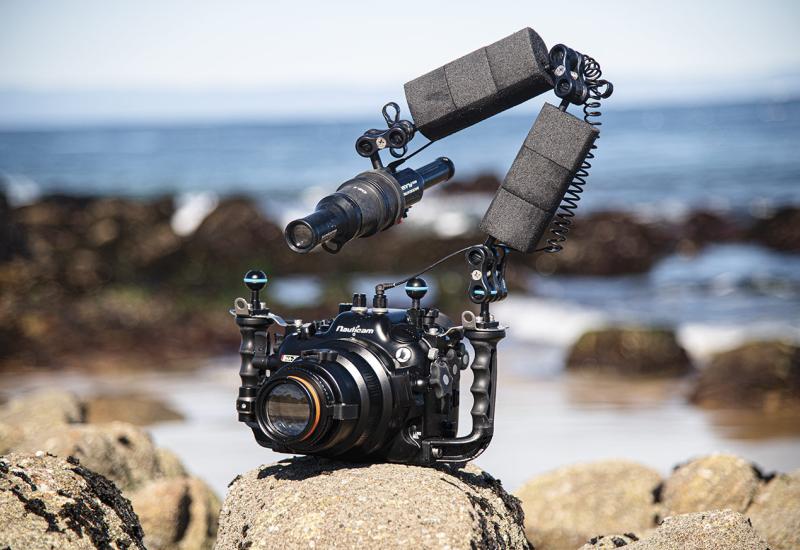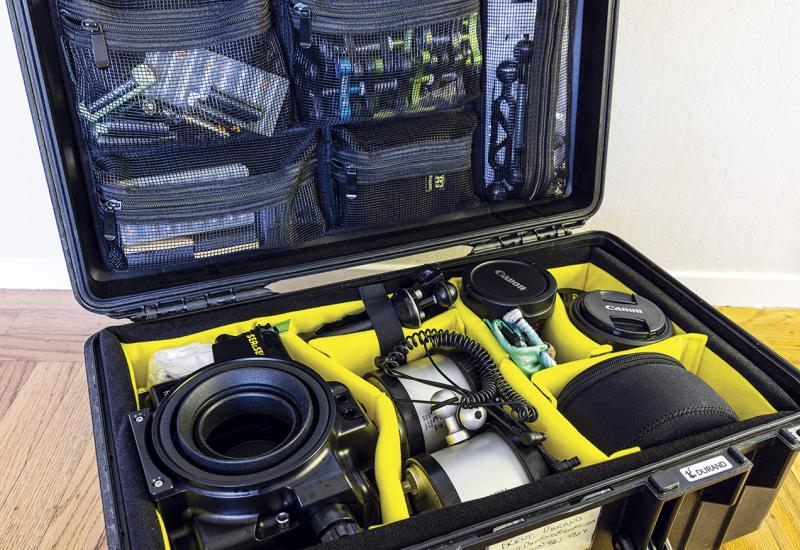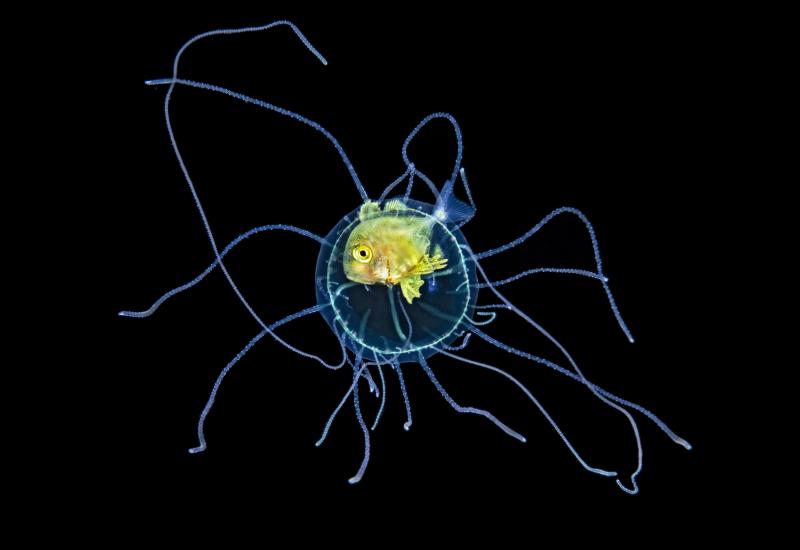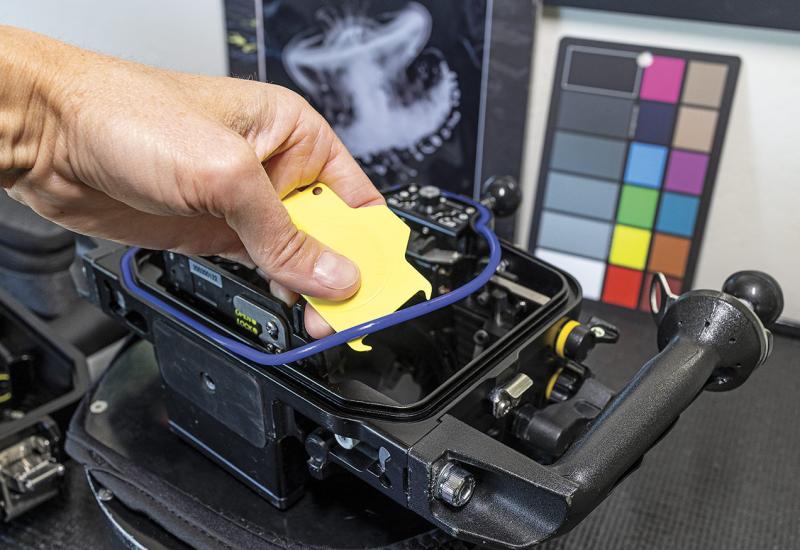How to Master Macro Composition Underwater
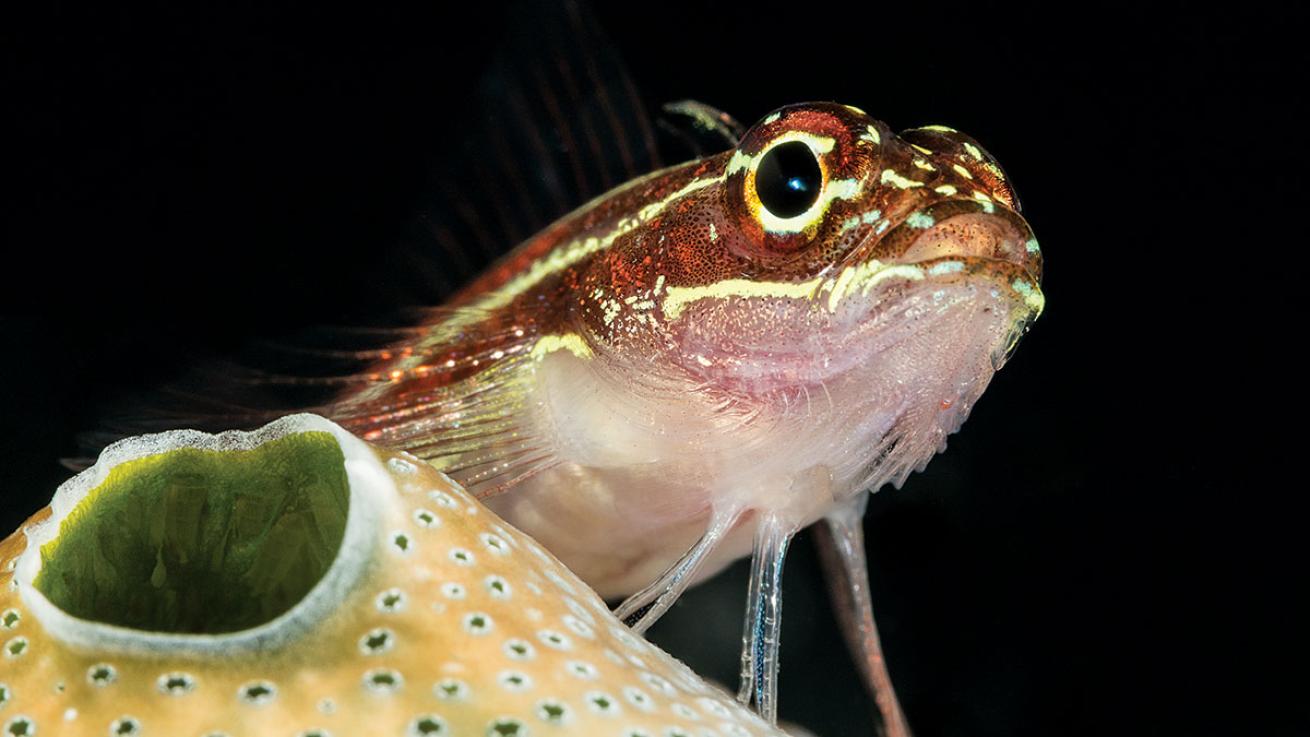
Brent DurandHere are some tips for underwater photographers on how to master macro composition underwater.
The world of macro photography is exploding with creativity in all corners of the globe. New techniques, tools and tricks are helping photographers produce images that seem out of this world. But look closely at any of these images, and you’ll notice each one is built on a foundation of macro-composition basics.
Let’s take a closer look at some tips to bring your composition to the next level.
Get Close to the Subject
The best macro photos often contain a subject filling the image frame. To achieve this, you must continue to move closer to the subject until it takes up most of the space in the LCD screen or viewfinder. A macro wet lens will help achieve this with the smallest subjects. Two positive side effects are that the image will contain more depth and will appear crisper since you are shooting through less water.
Capture Eye Contact
Strong eye contact establishes an immediate connection between the viewer and the subject. If your subject has eyes, try to compose the shot so both eyes are in focus and looking toward the camera lens. If you’re shooting from the side, ensure the visible eye is looking toward the camera or connecting with a secondary subject. Eye contact also ensures a face-forward composition, which is much more engaging than a top-down or fish-tail shot.
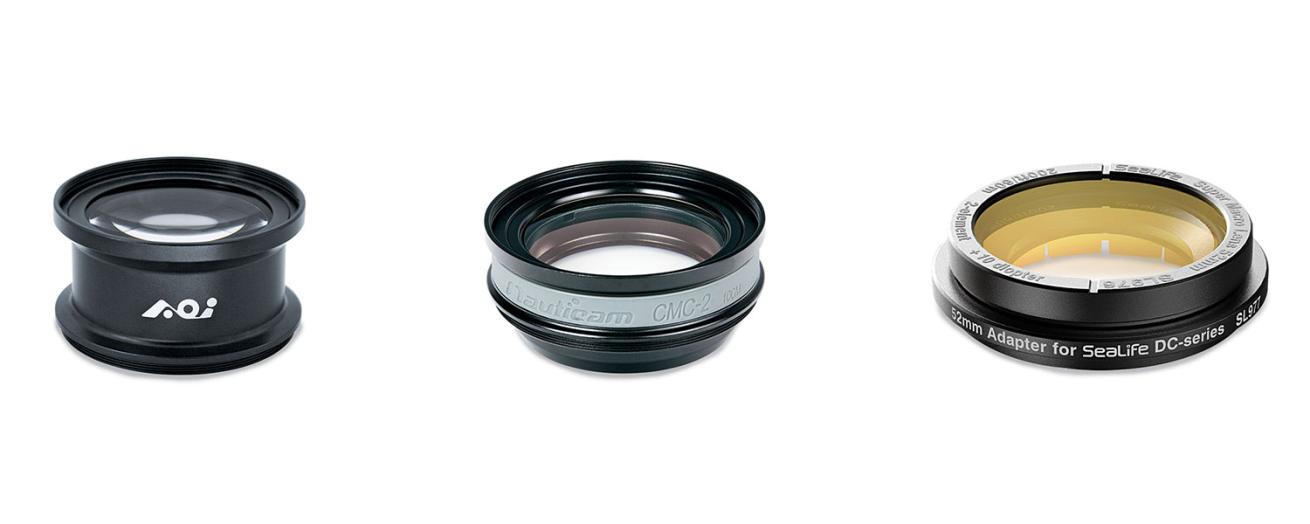
Courtesy of manufacturers
AOI UCL-09 +12.5 Nauticam CMC-2 SeaLife DC-Series Super-Macro Lens $320; aoi-uw.com $290; nauticam.com $129; sealife-cameras.com A macro wet lens that produces very sharp images, the UCL-09 is a bit larger, making it a great option for mirrorless and DSLR shooters interested in a strong diopter for super-macro subjects. This compact macro converter is specifically designed for use with popular compact cameras, delivering tack-sharp images in a light and compact body. The lens is optimized for more-accurate autofocus performance than stronger lenses can offer. This wet lens can be applied in a snap to a DC-series SeaLife camera, but it also comes with an adapter to fit 67 mm housings. With plus-10 magnification and broadband anti-reflective coating, this lens offers sharp magnification at an affordable price.
Position Subjects to Emphasize Features
There is no right or wrong in positioning your subject, but the goal should be to choose an angle that includes the eyes and highlights interesting features. Techniques such as the rule of thirds and three-quarters angle of view will help to orient these features in the best portions of the frame.
Shoot Several Variations
This is for two reasons. Subtle changes in composition can often create a much more pleasing image, and sometimes the composition you think will be the best is eclipsed by one of the variations. The second reason is that we can’t see every flaw in the LCD screen, including precise focus, backscatter and errant particulate. Shooting several variations ensures you have a backup for unintended flaws in the main photo.
Review these tips right before your next macro dive so they’re fresh when you spot that perfect macro subject.

